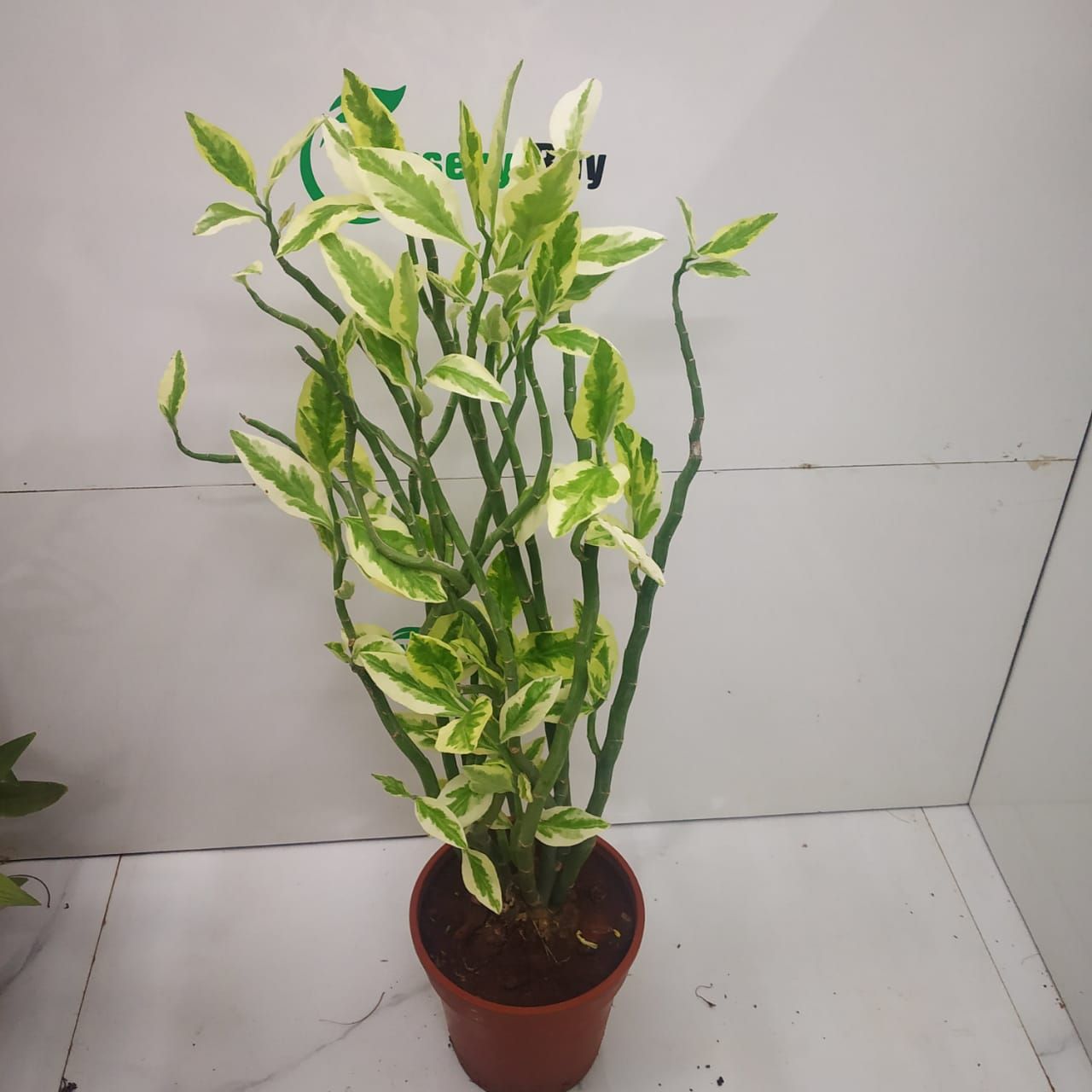

Moreover, Nitrogen deficiency increases the prevalence of fungal invasion on plants. Underfertilization or nutrient deficiency results in the yellowing of leaves, and stunted growth of plants.

Though Devil’s Backbone is not heavy fertilizers, do not avoid feeding it. Turmeric curcumin, Espoma, and Miracle-Gro are widely used commercial potting mixes. Moreover, soil amended with vermiculite, peat moss, and sand in a ratio of 3:1:2 is best. In such cases, plants show symptoms like stunted growth and early senescence of leaves.ĭevil’s Backbone plants require humus-rich, well-drained, and slightly acidic soil with a pH of 6.1-7.8. If the potting soil is compact and has an odor or mold growth, there is something wrong with the potting mix. The rotting leaves by molds are a symptom caused by high humidity.ĭevil’s Backbone plants flourish well in low humidity, so avoid wet places inside your house or use dehumidifiers.Īnd for outdoor Devil’s Backbone plants, don’t mist the leaves water the soil around the roots. Like succulents, Devil’s Backbone prefers dry soil.Ī tray filled with pebbles and water is also placed under the pot’s saucer to maintain adequate humidity during dry climates.ĭepletion from optimum humidity enriches the possibility of crisping foliage. This easy-to-grow houseplant does well in low humidity (25-49%). However, the foliage turns yellowish or grayish and eventually halts the growth of the new plant in the case of underwatering, while overwatering invites fungal invasion. You can water Devil’s Backbone once every 2 weeks in the growing seasons, i.e., spring and summer.īut misting it a bit during winter is enough so normally, the plant is not fond of excessive amounts of water. This zigzag succulent requires regular watering about once a week, mainly during the blooming season. Water the plant frequently to prevent heat stress to the plant, or you can place the container in shady places if grown indoors.Īnd for chilling stress, reduce the watering frequency and place the plants in a warm, sunny environment. Rising temperatures turn out the pink tint on its foliage.īut above tolerable temperatures, the plant shows symptoms like yellowing or browning of leaves due to temperature stress. The prolonged exposure to direct sunlight brings about the browning of leaves with brittle edges and stunts the plant’s growth.īut Devil’s Backbone also can tolerate temperatures as high as 80☏ and as low as 50☏ for a certain period of time. Sunlight & TemperatureĪccommodate this refreshing indoor plant in a bright room out of direct sunlight or close to the sunny window behind the curtains to filter the light. Consistent watering and a warm, humid environment speed up plant growth. Make sure you meet all crucial requirements of this plant.

This slender, succulent shrub possesses green and white variegated leaves and is fond of bright, indirect sunlight. If you are about to buy Devil’s Backbone Plant to garnish your home, these online nurseries can help you. Used as a dye, against snake bite, to lower the blood pressure, improve digestion Featuresĭevil's Backbone, Red-bird flower, Japanese Poinsettia, etc. To know more about this plant, check out the table below. This impressive succulent is also known as the Red-bird cactus or Shoe flower. It has wide varieties, including Jacob’s ladder, Devil’s Ribcage plant, and Crown of Thorns.


 0 kommentar(er)
0 kommentar(er)
